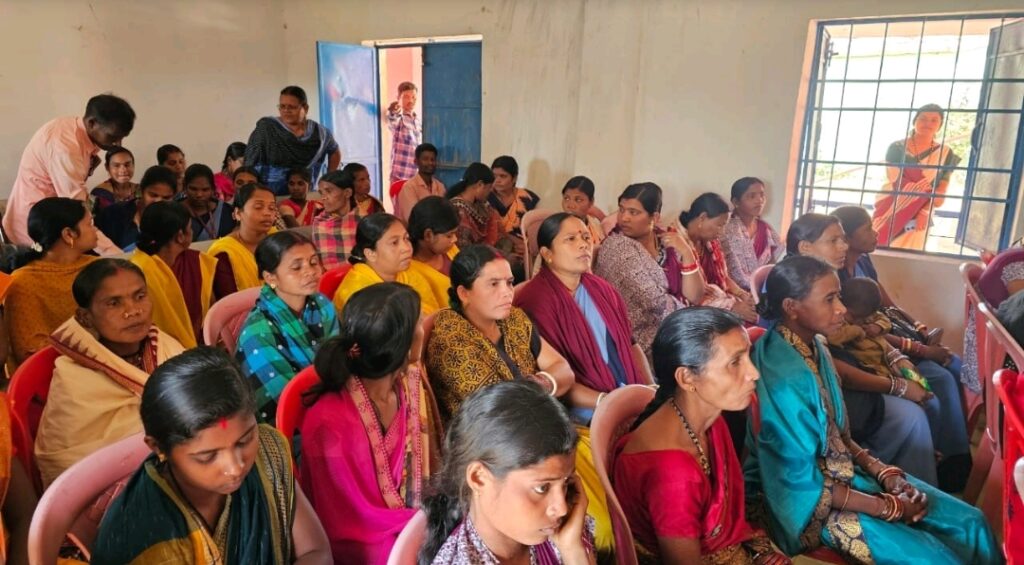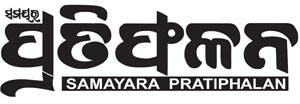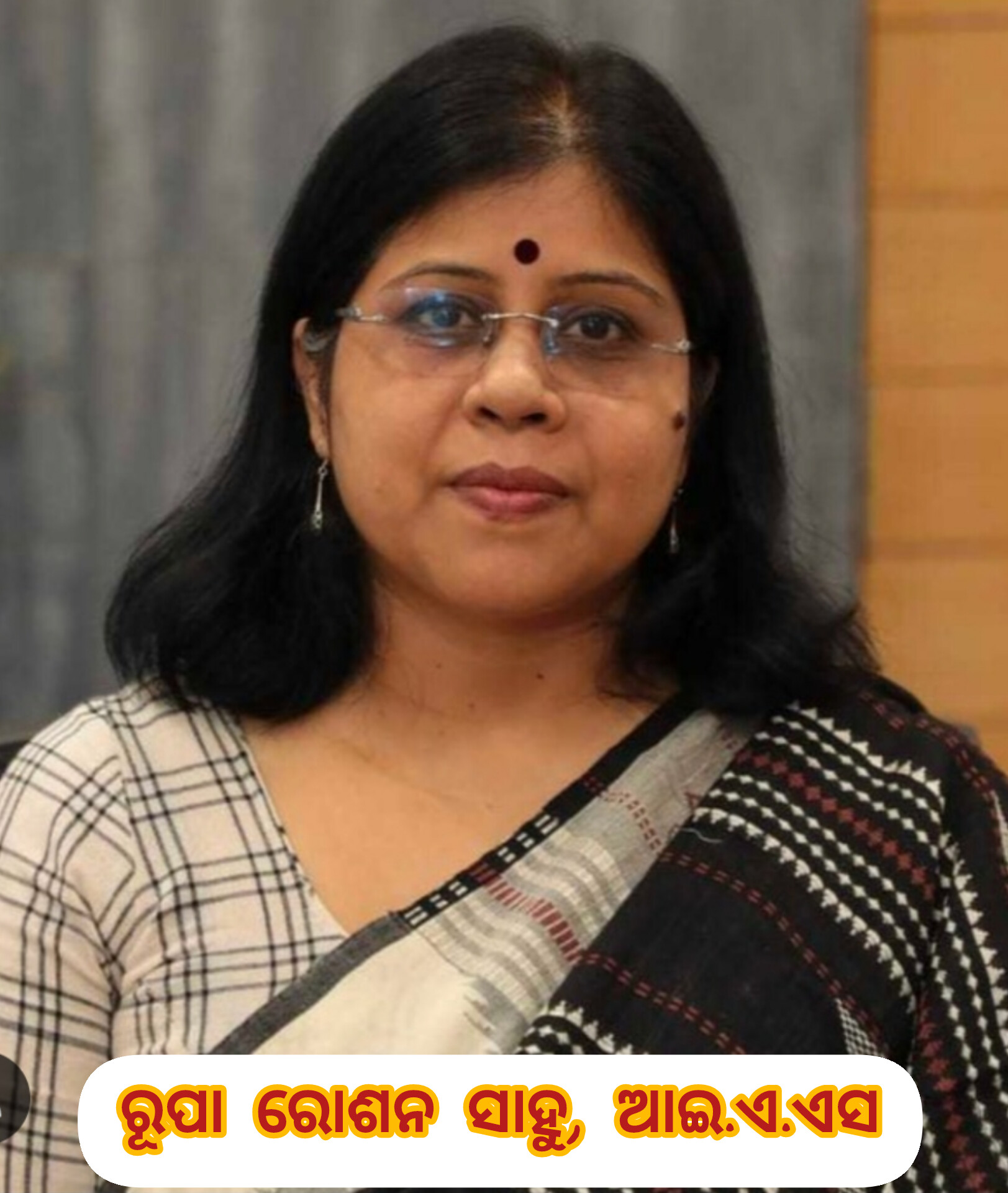Roopa roshan Sahoo,IAS
Collaboration with the last mile institutions for service delivery at the last mile .
Effective service delivery and community collaboration.
The effectiveness of model for welfare governance is determined by effectiveness in service delivery towards ensuring the well-being of citizens. The aim and objective of robust governance structures is to ensure that public services are delivered efficiently, equitably, and transparently. This encompasses accountability, participatory decision-making, and mechanisms for feedback from those for whom services are designed. When it is well-executed, citizens experience tangible improvements in their quality of life, whether through access to healthcare, education, or infrastructure
Therefore, a focus on strengthening governance models is crucial for ensuring that public resources are used effectively to meet the needs of the population, and that services reach all intended parties. Good governance fosters trust and empowers citizens, leading to more sustainable and inclusive development outcomes.
With this intention of developing a governance model that is anchored in Convergence, Collaboration and Community Participation to improve service delivery, particularly to the last mile, we piloted the Con-Comm Governance model (Convergence and Community) at GP level across all 96 Blocks in the Southern Division.
This is a story of the collective journey of various stakeholders over 60. Days engaging in practice of Participatory Governance for inclusive development.
It has provided us with useful insights from the lens of our stakeholders, most importantly suggested a platform to collectively discuss and problem solve. It has validated issues like infrastructure in schools and health centers needing attention. It has also surfaced demands around more support in knowledge related to farming practices to hyper local issues like maintenance of tubewells for better quality drinking water.

About Southern Division Odisha
Southern Division in Odisha is an administrative division comprising eight districts: Ganjam, Gajapati, Kalahandi, Kandhamal, Koraput, Malkangiri, Nabarangpur and Rayagada. Berhampur serves as its headquarters.
This region presents a diverse landscape, including fertile river basins, hilly terrains of the Eastern Ghats, and coastal plains in the Ganjam district. A significant portion of the land in districts like Malkangiri, Koraput, Nabarangpur, and Rayagada is covered by forests and is home to a substantial tribal population, including Particularly Vulnerable Tribal Groups (PVTGs) like the Lanjia Soura, Dongria Kondh and Bonda.
Objective
Effective service delivery and community collaboration.
The aim and objective of robust governance models is to ensure that public services are delivered efficiently, equitably, and with transparency.
The intention behind this exercise is to introduce and establish a participatory model at the GP level and improve governance mechanisms in regards to service delivery till the last mile beneficiaries.
Accelerate achieving the last mile service delivery
Strengthening convergence and participatory governance
Facilitate regular community and stakeholder interaction for aspiration mapping and grievance redressal
Making the community a partner in decision making and problem solving (participatory governance)
Arriving at collaboration fromcompartmentalization
Context of the model
O-Zone (Odisha on Ground) is a participatory framework designed to build an organic space for enabling governance systems to integrate belief systems, legal frameworks, and economic systems with spiritual, metaphysical, and holistic perspectives in their methods. O-Zone as a concept has been co-designed by the RDC-Southern Division and Cosmos Consulting. Further, The RDC Southern Division’s office has taken up the role of a “Field Catalyst” in the exercise.
The model is based on the principles of Grassroot Governance Structures and Participation Models.
Grassroot Governance Structures: refers to a system that enables and encourages the participation of citizens. This bottom-up approach gives scope for active involvement of the ground level functionaries and beneficiaries and provide insights that can guide policies and programs to be tailored to the specific needs and contexts of diverse communities.
Participation Models: Participation models define how citizens and stakeholders engage in governance processes. It includes a more active and direct involvement in decision-making. They encompass a spectrum, ranging from simply providing information to citizens to actively empowering them to make decisions.
For the purpose of this exercise, our intention is to engage the stakeholders and beneficiaries proactively in the spectrum of consult, involve and collaborate.
Through the O-Zone framework, we will be able to:
Establish a Common platform: to engage stakeholders across departments, interest groups and beneficiaries.
Arriving at Collective Consciousness: Based on the idea that individuals and societies are interconnected through shared awareness. The collective consciousness of each country has different roots. Collective consciousness is a product of social culture, influenced by factors such as geography, history, and culture. Governance based on this principle would focus on raising collective awareness and encouraging values for conformity and responsibility among citizens and stakeholders
Improve and set a Cadence to review service delivery mechanism and processes
Set up a structure to Collect/Collate feedback, stories and insights from the ground to help improve policies and programs
The Methodology
For the first pilot 1 GP each was selected from all the 96 Blocks of the Southern Division. The model is designed and anchored on regular Gram Panchayat level convergence meetings involving various stakeholders and community member.
The flow of the process is as follows:
The various activities to be undertaken during the process are:
Findings and Learnings
Issues related to more than 15 sectors were discussed in the meetings. They are
Education –Primary School /Teacher
• Sanitation
ICDS –AWW/AWC
• Connectivity
Health –Sub centre /ANM/ASHA /CHW
• Farmer and Allied activities
Drinking water and SEM
• Animal Husbandry
Social welfare –PEO
• Irrigation
Electrification
• Any Other
PDS-JS
• Village infrastructure-community
SHG
676 issues, gaps, aspirations across 15 Sectors were discussed and recorded across 96 GPs in the Convergence meetings
Issues related to Schools, Aanganwadis, Health and Drinking Water were some of the most discussed sectors.
Governance Lens
Participatory frameworks will help us surface issues at the last mile and convergence frameworks will help in faster problem solving.
1. It has helped in surfacing utility related issues that otherwise gets lost in processes.
2. Bringing cutting edge functionaries across departments to GP level meetings with the community leaders and beneficiaries sends a message of assurance and convenience that the system really cares about the development of the community
3. Regular data-based review cadence and monitoring (GP level to District level) through convergence frameworks will help us improve efficiency and quality of service delivery. Providing technical support in meetings and standardized templates to record issues, feedback and suggestions will greatly improve our processes in the long term
4. Certain issues like awareness drives (child marriage, school dropouts), tech issues related to enrolment of beneficiaries etc can be resolved through community led participatory governance models, which can be a beneficial for the both the community and government
5. The 360-degree approach for problem to solution proposal was taken up well
6. Considering the range of topics discussed and innovative ideas towards collaboration, this can be taken up for further analysis.
Way Forward
Establish Community based Participatory models for improved discussions, IEC, problem solving. To gradually bring in a culture of co-creating solutions, domain experts and sector specific CSOs (local and district level) will be on boarded to facilitate research, program design, brainstorming and improving community engagement and outreach
Developing a Field and Text view report – Through the exercise we are developing a study on Community based participatory governance. Through the pilot for 96 GPs we have close to 700 data points across 20 domains. Similar data from 1853 GPs will be extremely beneficial for the system at large. Further, on ground studies of the convergence meetings and problem-solving processes at a field level will help us generate more qualitative insights, contributing to better processes and policies.
Conclusion
In conclusion, be it a policy, program or intervention, at the end of the day its true success is when it has made a positive impact in the life of the end user and for that it is equally important that all the steps in the process of design-implementation-impact are in sync with each other. Implementing government policies, systems and processes are complex and non-linear in nature and they need to be perceived in a similar way.
A convergence-based community participation led governance model enables us to do so. It fosters sustainable, equitable development. By empowering the ultimate beneficiaries, it ensures governance models reflect local needs and values. This collaborative approach strengthens community ownership and promotes lasting, positive change, while helping the system strengthen both quantitative and qualitative aspects in gov.
RDC, Southern Zone, Berhmapur


